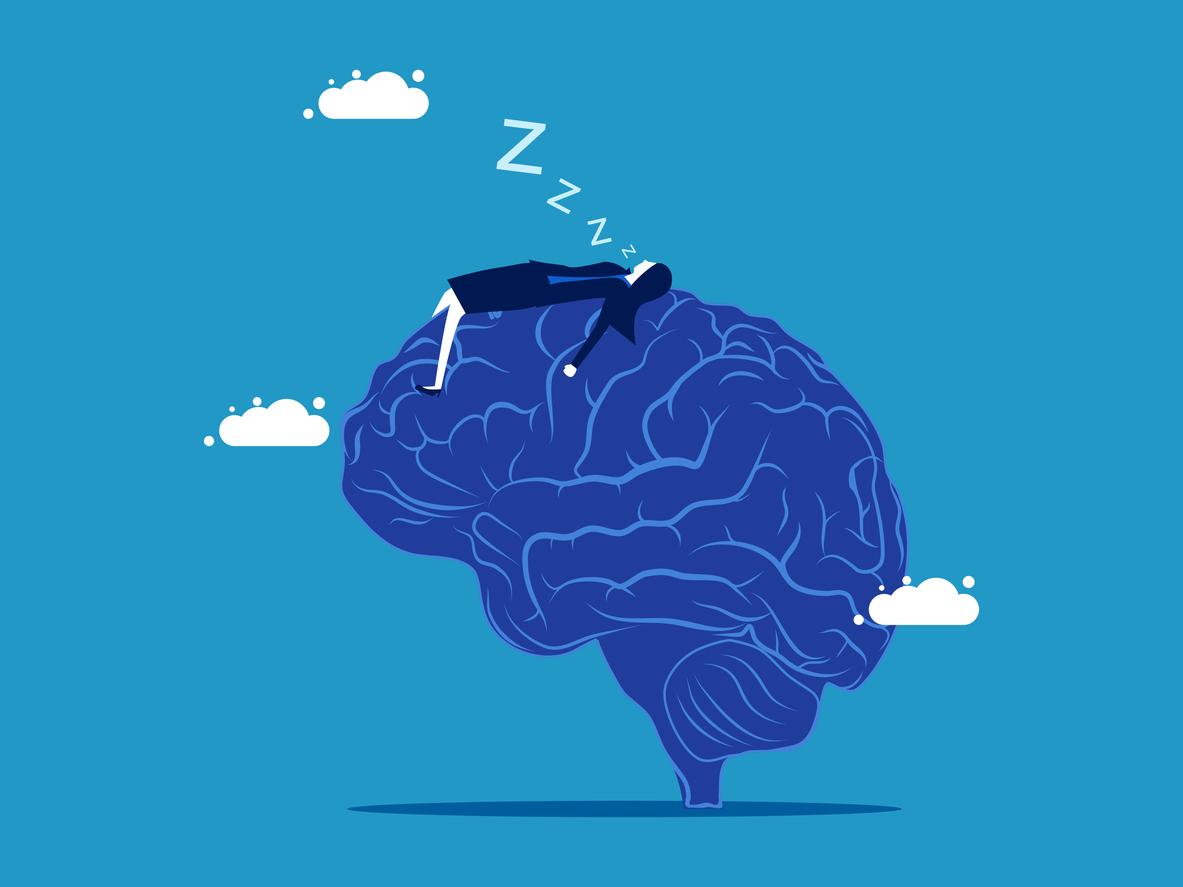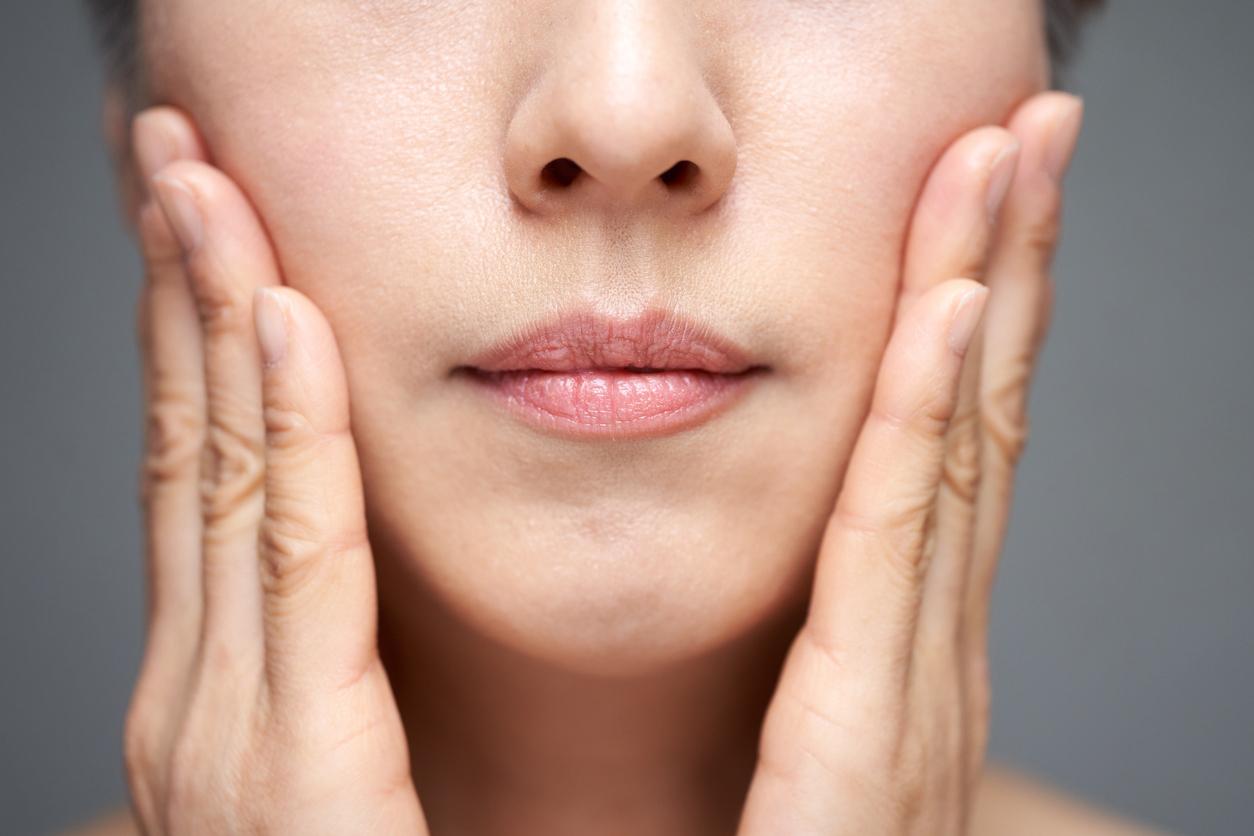Do you like to see the eyes of the people you meet light up? Of all the expressions a human face can express, a genuine smile is one of the most attractive. He moves with his sincerity and enchants with the positive emotions he transmits.
Smiling is the shortest distance between two people. An authentic smile is capable of moving with its sincerity and enchanting with the positive emotions it conveys. The authentic smile has been studied for many years because it has particularly powerful beneficial effects.
We have some “mirror neurons”One of whose functions is to help us enter into empathy with the people around us (functions that help us in society to function in a symbiotic way).
To smile is to let your inner light filter through
So when a stranger smiles at you, these mirror neurons activate and, like a reflex, you smile back. Better this smile results in the production ofendorphins (wellness molecules) in your body and make you happy.
Endorphins are molecules released by the brain, more specifically by the hypothalamus and pituitary gland. The activity that releases the most endorphins is undoubtedly physical activity. It is actually a kind of natural morphine produced by the body. Once secreted, it disperses throughout the central nervous system, tissues and blood.
Often the people who inspire us are those who are naturally smiling. We are not talking about the occasional smile or the social smile. No, we’re talking about the genuine smile, the one that comes from the heart.
What is an authentic smile?
the genuine smile is the spontaneous expression of happiness. It is the smile that makes the eyes sparkle. While the forced smile (or social smile) uses only the muscles of the mouth, an authentic smile is seen in the eyes which become sparkling and narrow (like flattened), and in the cheeks which are raised slightly.
To differentiate a sincere smile from a social smile, it suffices toobserve the eyes of the person in front of you. In the 19th century, the neurologist Guillaume Duchenne of Boulogne studied the facial expressions reflected in emotions.
By performing electrical stimulation on the muscles of the face, he highlighted the movements associated with the expression of emotions. He thus showed that smiles expressing genuine joy are distinguished from forced smiles by muscle contraction in the eye.
The secret of a genuine smile
Forced smiles can resemble genuine smiles in many ways. But we can learn to identify them because they are caused by the stimulation of separate muscles, controlled by different parts of the brain.

Forced smiles first correspond to a contraction of the major zygomatic muscles and are commanded by the conscious part of the brain. The authentic smile is initiated by the unconscious part of the brain and will contract, in addition, the orbicular muscles.
These are the muscles that correspond to the “crow’s feet” around the eyes, that is to say all the small wrinkles and folds that form between the eye and the temple. A sincere and genuine smile is thus called a “Duchenne smile”.
Even a forced smile can make you happy
When we are happy, we smile. But does this relationship also works the other way around ? Can the act of smiling make us happier? This is a hypothesis that has long been debated by scientists.
Since the 1980s, very serious studies * have shown that expressing an emotion through bodily expressions (especially facial expressions) would strengthen these emotions.
The idea is very simple: the more your face expresses an emotion, the more the brain activates the processes responsible for this emotion. In other words, the more you smile, the happier you are.
*Scientific American – Smile! It Could Make You Happier


















